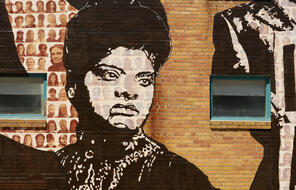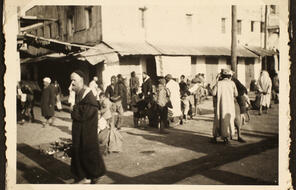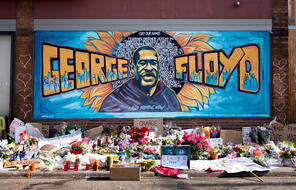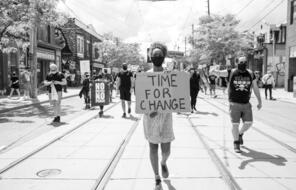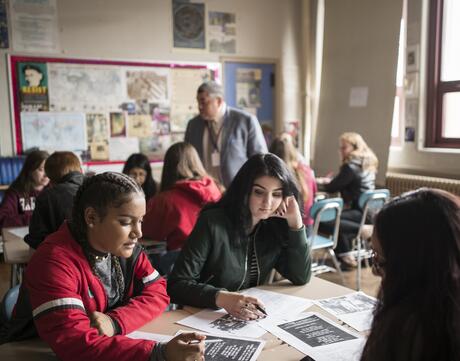
Summative Assessment: Creating a Toolbox for Racial Justice
At a Glance
Language
English — USSubject
- History
- Social Studies
Grade
9–12Duration
One 50-min class period- Human & Civil Rights
- Racism
- Resistance
Overview
About This Assessment
In the final assessment, students will apply the lessons they’ve learned from Emmett Till’s story to create a Toolbox for Racial Justice. Students will also be required to complete a writing assignment that explains their tools, how the tools may be used, and how the tools connect to some of the topics addressed in the unit.
Preparing to Teach
A Note to Teachers
Before teaching this lesson, please review the following information to help guide your preparation process
Lesson Plans
Activities
Extension Activities
Materials and Downloads
Quick Downloads
Download the Files
Download allGet Files Via Google
Summative Assessment: Creating a Toolbox for Racial Justice
Unlimited Access to Learning. More Added Every Month.
Facing History & Ourselves is designed for educators who want to help students explore identity, think critically, grow emotionally, act ethically, and participate in civic life. It’s hard work, so we’ve developed some go-to professional learning opportunities to help you along the way.
Exploring ELA Text Selection with Julia Torres
On-Demand

Working for Justice, Equity and Civic Agency in Our Schools: A Conversation with Clint Smith
On-Demand

Centering Student Voices to Build Community and Agency
On-Demand



